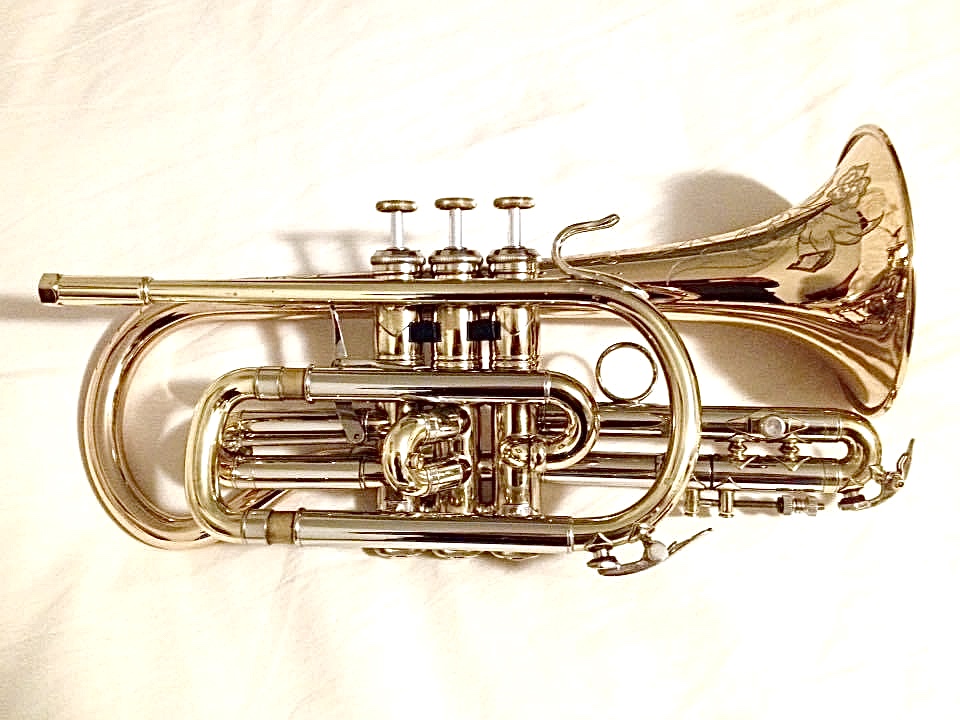1969 Olds L12 flugelhorn with GR/Melk leadpipe. Restored by Southeastern Musical Services.
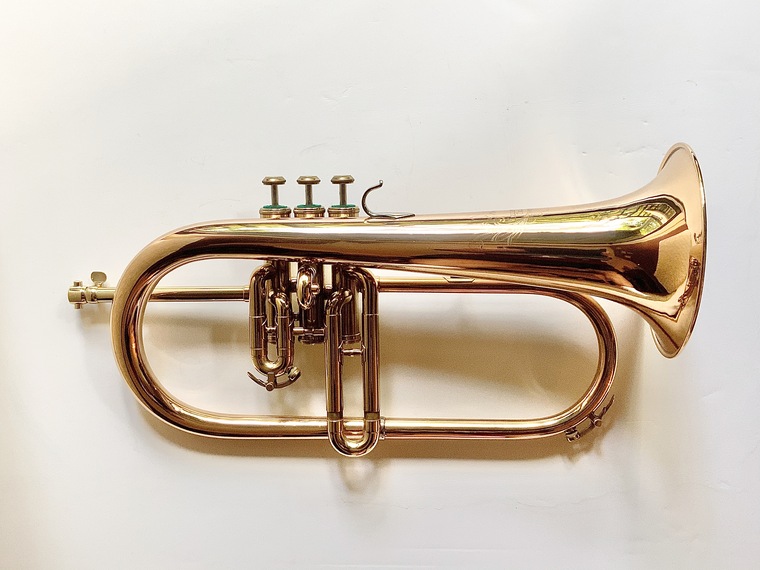
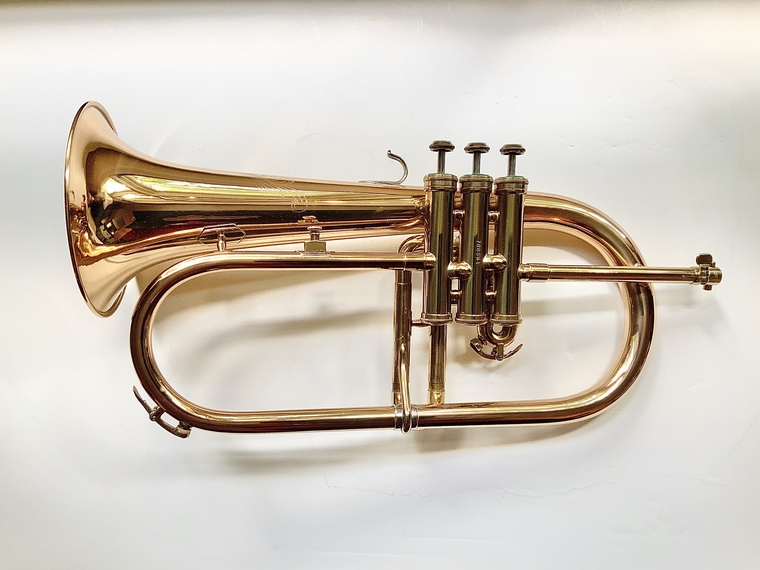
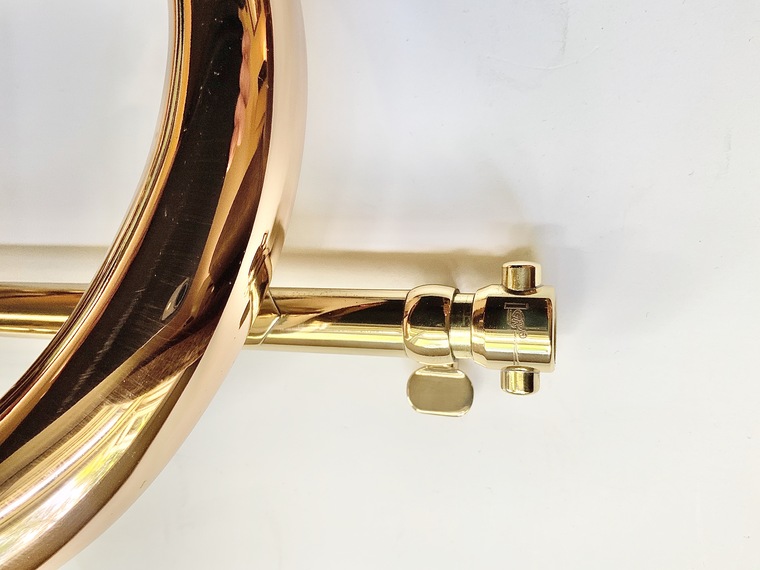
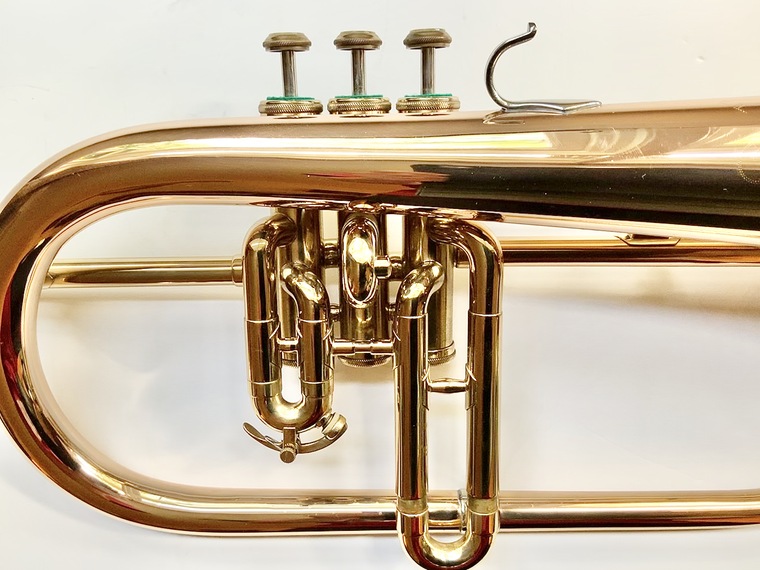
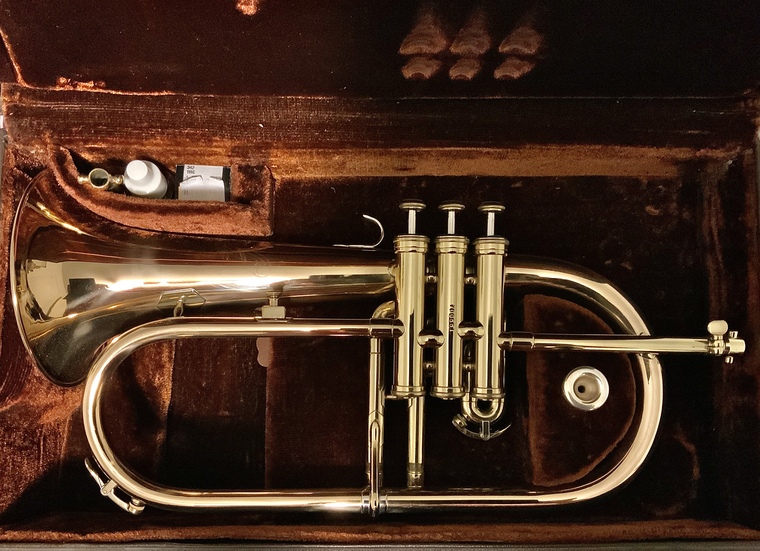
1969 Olds L12 flugelhorn with GR/Melk leadpipe. Restored by Southeastern Musical Services.





Here’s an obscure one, interesting to me because I own one of his instruments.
H. Lenhert, Philadelphia, was in business from 1867-1914. Henry G. Lehnert (1838-1916), founder of the company, arrived in Boston from Saxony ca 1860 with his brother Carl. Early Boston directories indicate that they both worked either for E. G. Wright or for Graves & Co., then joining Freemantle & Co. before establishing business as Henry Lehnert & Co. In 1866 Henry moved to Philadelphia and started his brass musical instrument manufacturing business. He held a patent for the tapered cornet leadpipe and frequently used Allen rotary valves and German silver in the manufacture of his instruments, which had a very good reputation for quality. In 1875, he patented a line of bell-forward “Centennial” lower brass instruments that rested on the player’s shoulder. From 1876 through 1914, his instruments bore the trade name "American Standard". He and his business passed away in 1916.
“1894: The English firm is sold out of the Besson family”
I would add that the English firm’s name was changed to Besson & Co. at that time.
I tend to gravitate toward equipment-related discussions. Things like the history of valved instruments, differences in design, types of valves, materials used in construction, the effects of modifications, the story of various makers, etc.
There doesn’t seem to be a lot of interest in that sort of stuff around here yet, but I jump in when I can. I’ve started a few threads (as myself and earlier as Bob Pixley) in a couple of the vintage areas with little to no comments, so maybe I need to work on my presentation a bit and/or try a different angle.
@bobmiller1969
Thanks! The oval ports allow the rotors to be a smaller diameter, which makes the valve action very fast. As far as I know, only a few makers used them in the 19th century, and they were found only on their top model instruments.
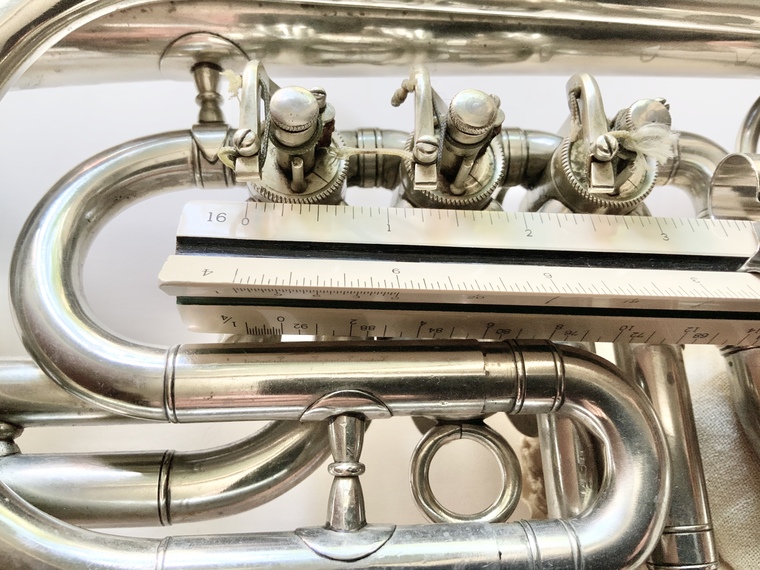
@tmd said in Taps Across America:
I had an ER shift today. Stopped by a cemetery on the way home to play taps. Used my Getzen Field Trumpet.
Mike
Yet another similarity in our equipment. I used a Kanstul field trumpet today. 
Took some new pics of this cool little cornet. Made from German silver, oval-port Allen valves.
Note: If you click on the pictures, they are higher resolution.
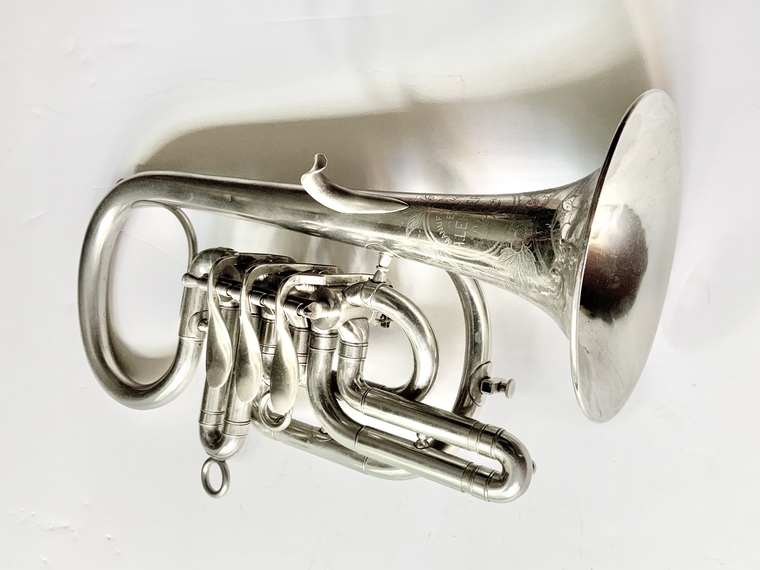
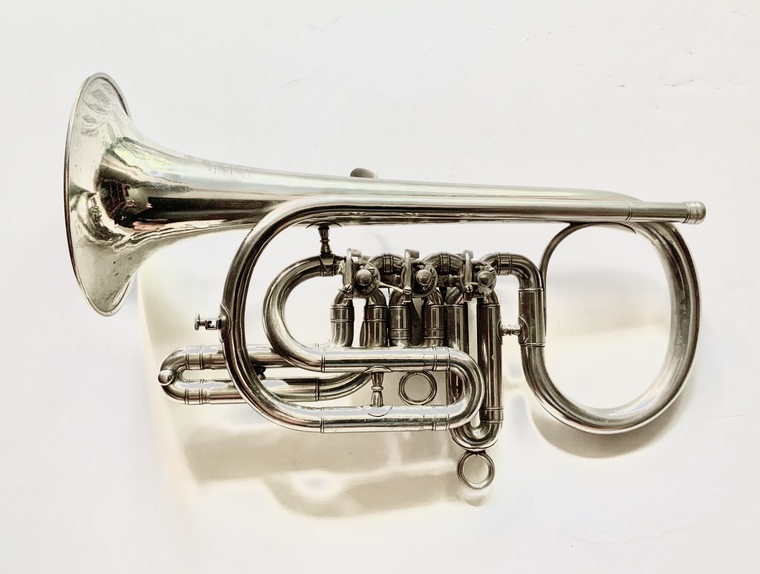
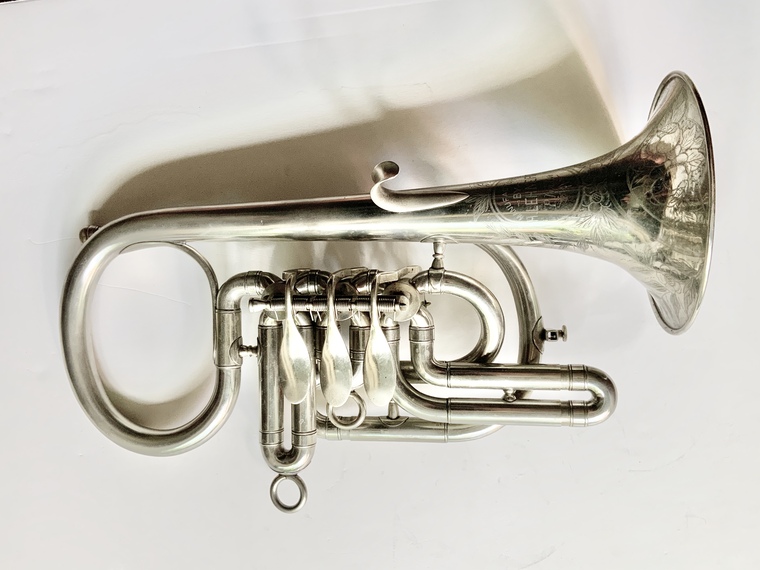
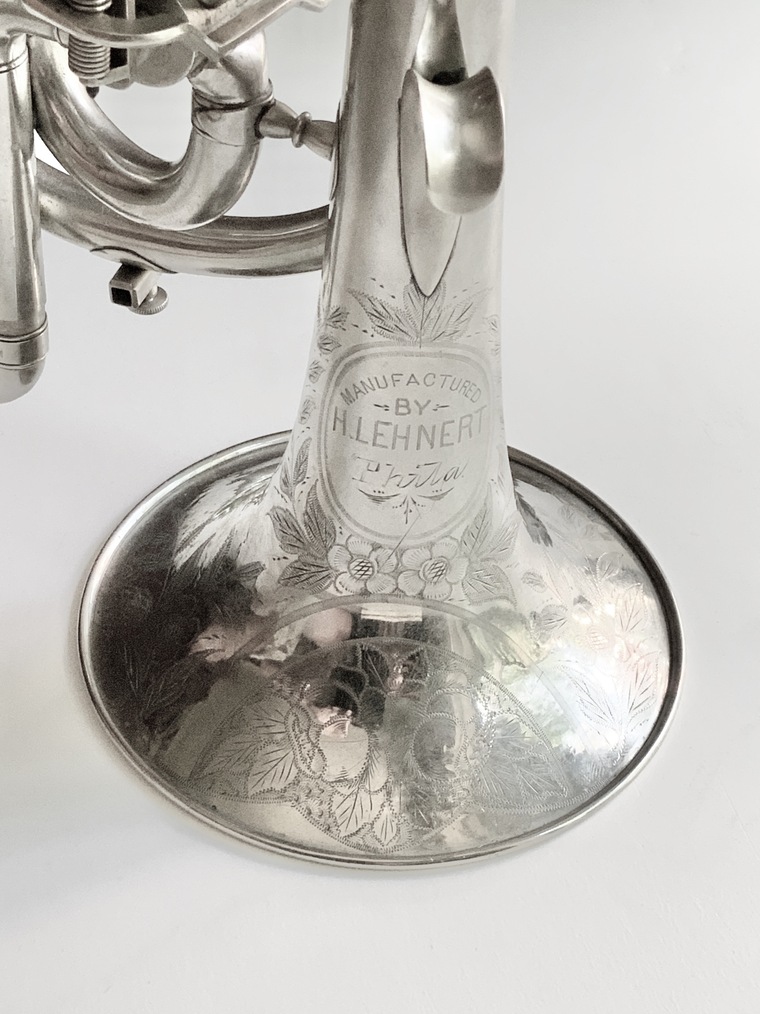
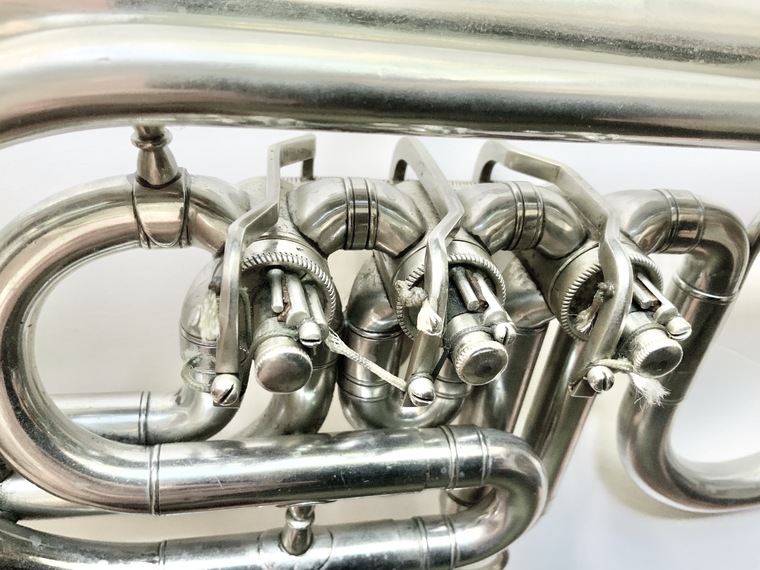
I’ll be using this field trumpet to sound Taps. A real musical instrument made by Kanstul, this one pitched in Bb. I use a Bach 6BM trumpet mouthpiece in it, which I found to give good intonation and a nice tone. I keep it in an old American-wrap cornet case. Practice mute is for warming up a bit in the car at the cemetery before a military burial.
There’s an active duty military family that live across the street, and they plan on stepping outside to listen. Just today, I found out their oldest son, who is 10, has recently begun taking trumpet lessons, so he will probably have a special interest in it.
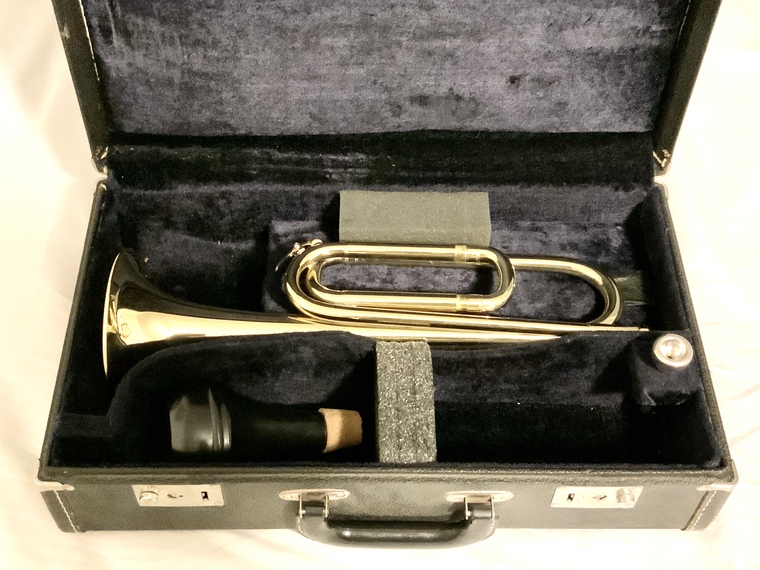
I plan on doing it from my front porch, with the US flag displayed. Probably won’t record it, though.
Riding this activates my dopamine reward system in ways music rarely can...
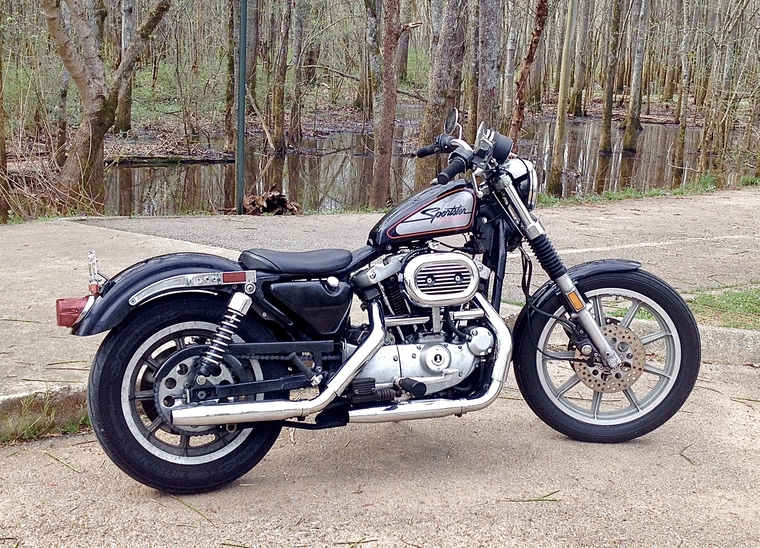
All that study proves is that I’m not a rat. I’ve never taken any mind-altering drugs and I like listening to jazz and old psychedelic rock. I also like classical, baroque, big band, brass band, Western swing, klezmer, bluegrass, and who knows what else, as long as it’s done well. Opera, rap, pop, and twangy country music, not so much...
@tmd yes Mike, I remember the similarities in our instrument choices. Great minds think alike...lol
The 184G is a sweet little cornet, and pretty, too. I ditched the too-small original case shortly after I joined a brass band and bought that Jakob Winter case in the picture. It’s really nice and has room for a K&M stand (not in the bell), 3 mutes, valve oil, music glasses, music, and mouthpieces.
Ok, here are the three I own:
1976 43 ML Stradivarius Bb trumpet
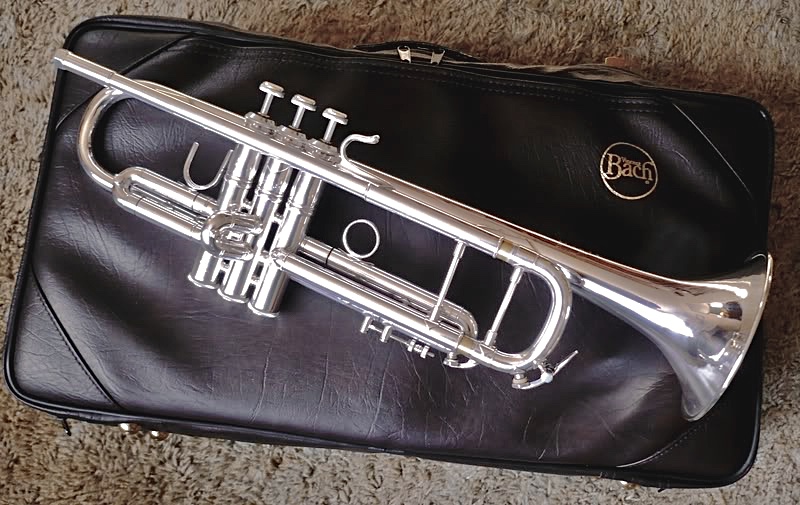
1982 239 ML Stradivarius C trumpet
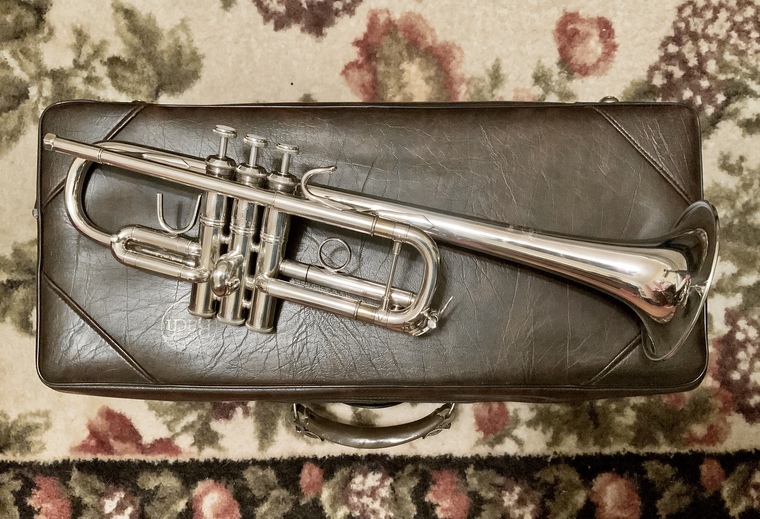
1993 184G L Stradivarius Bb cornet
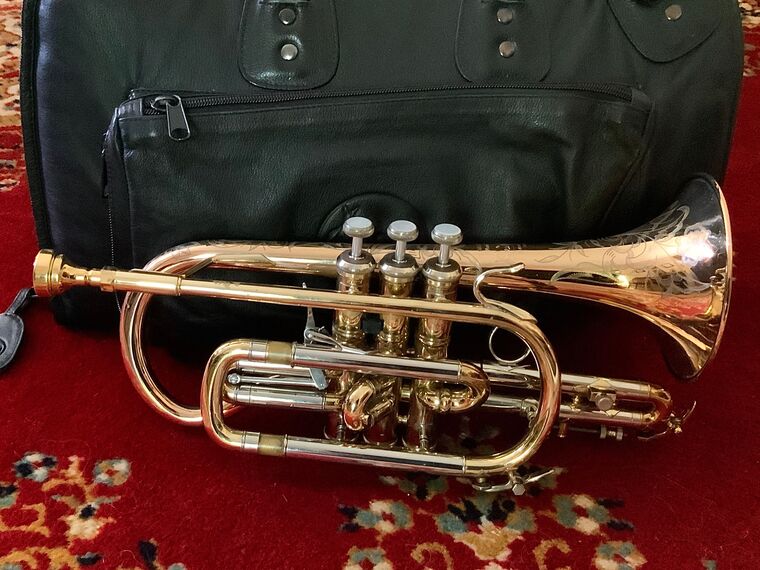
I’ve actually been selling a bunch of mine that I never play. I believe I sold 6 in a little over a year. I think I’m down to just the keepers now, though.
A trio of 1960s Conn short cornets. Left to right - 1962 Conn 9A Victor, 1969 Conn 76A Connquest, 1962 Conn 5A Victor customized with copper-plated bell.
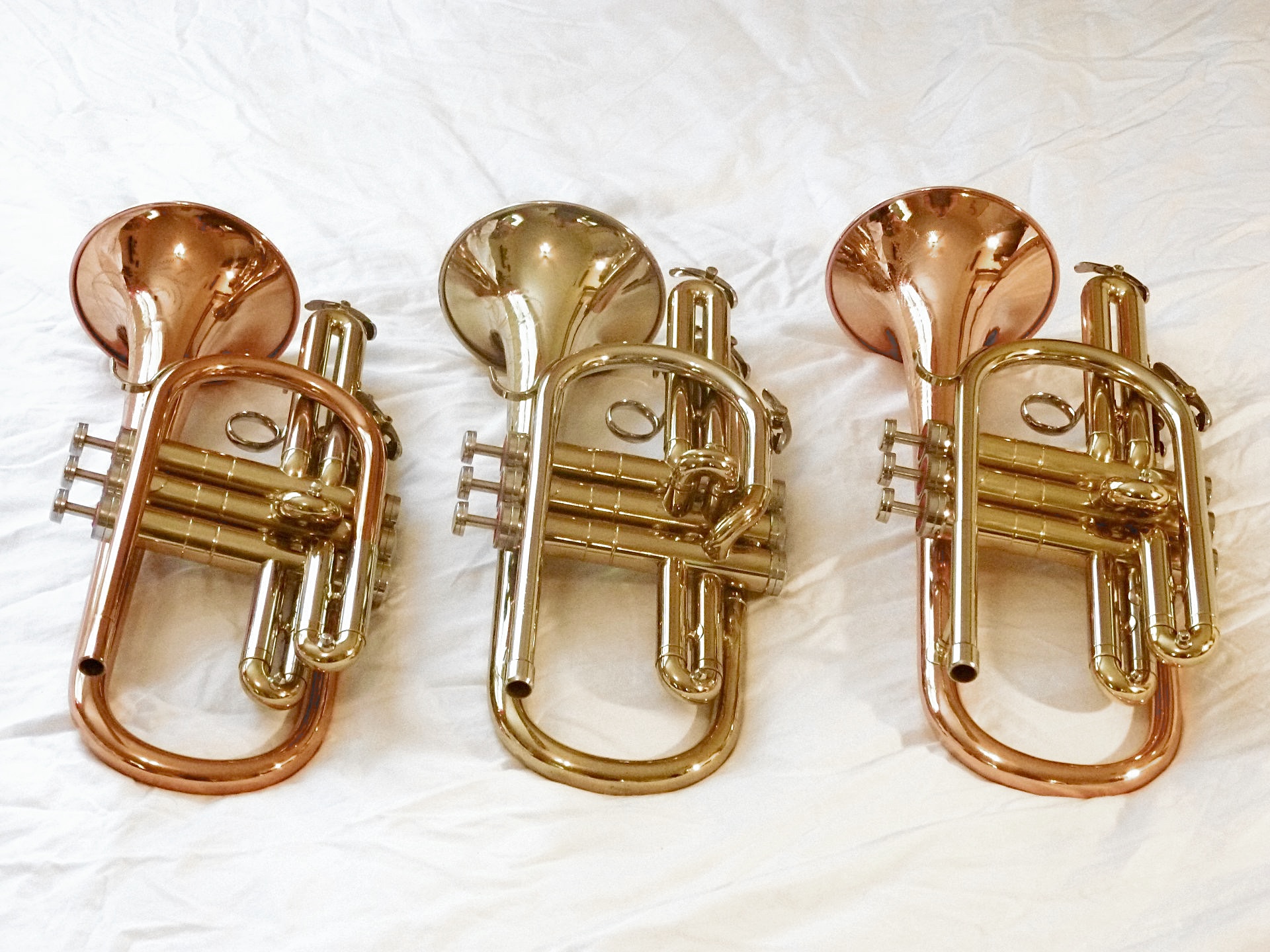
@Trumpetsplus said in I Think ≠ It Is!:
@Dale-Proctor They also work well on the Jaeger trumpets which are the only trumpets now made with braces between the balusters. That is, the valve casings are one-piece. I know no other brand with one-piece valve casings
Yes, I’ve noticed the upper valve braces on your trumpets, and thought your positive experience with them led you to develop the “universal braces” for other trumpets. I’m a little surprised that the resonance enhancers improve on that.
I find they add a bit of richness and clarity to the tone, as well as making the slotting slightly more secure on my Bachs.
@Trumpetsplus said in I Think ≠ It Is!:
@Dale-Proctor I still must admit that I don't understand what the Resonance Enhancers are actually doing. But, whatever it is, they do it on all the designs I have tried it on. So, presumably they are addressing a design (deficiency) common to all trumpets????
I think they solidify the valve block, since the majority of trumpets and cornets leave the upper half (or more) of the 1st and 3rd valves unconnected. Your enhancers give those valves a connection to the 2nd valve, So they all share the bell and mouth pipe bracing. They do work, providing any of the good effects sometimes gained by heavy bottom caps, without any of the drawbacks.
